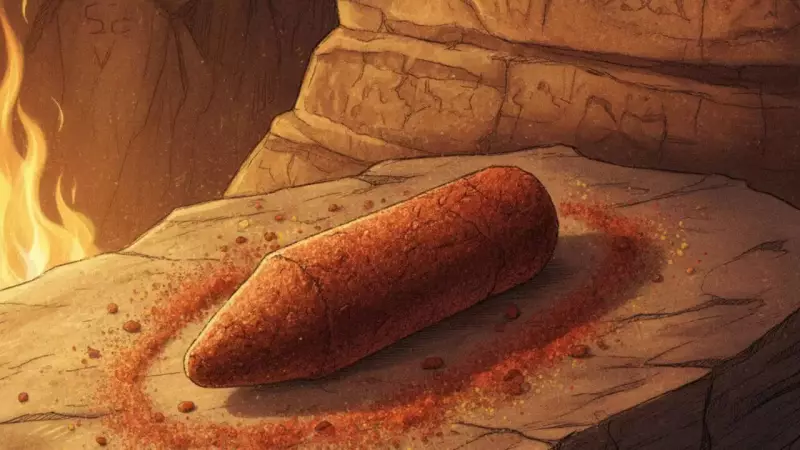
In a groundbreaking discovery that's reshaping our understanding of early human civilization, archaeologists have unearthed a 42,000-year-old crayon from an ancient site in India. This remarkable find offers unprecedented insights into the artistic capabilities and cognitive development of our ancestors.
The Ancient Art Tool That Defies Time
The discovery centers around a carefully crafted piece of red ochre that shows clear signs of having been used as a coloring tool. What makes this finding particularly extraordinary is the level of sophistication it reveals about early human behavior.
Archaeological evidence suggests that this wasn't just a random piece of pigment but a purposefully shaped tool designed for artistic expression. The crayon shows distinct faceting and wear patterns indicating repeated use, possibly for body decoration, cave painting, or marking objects.
Unraveling the Mysteries of Early Human Expression
This discovery challenges previous assumptions about when and how humans began expressing themselves artistically. The 42,000-year-old crayon predates many known examples of prehistoric art and suggests that early humans in the Indian subcontinent were engaging in complex symbolic behavior much earlier than previously thought.
The implications are profound – this simple coloring tool indicates that our ancestors possessed:
- Advanced cognitive abilities for symbolic thinking
- Technical knowledge of material preparation
- Social structures that valued artistic expression
- Communication methods beyond basic survival needs
What This Means for Human Evolution Studies
This discovery adds crucial evidence to the ongoing debate about human cognitive evolution. The presence of such artistic tools demonstrates that early humans weren't merely focused on survival but were developing complex cultural practices that would eventually lead to modern human behavior.
The Indian subcontinent is emerging as a crucial region for understanding human evolution, with this finding positioning it alongside other key archaeological sites worldwide that are rewriting our understanding of early human development.
As research continues, scientists hope to uncover more evidence about how these early artists lived, what they created, and how their artistic practices influenced the development of human culture across millennia.





